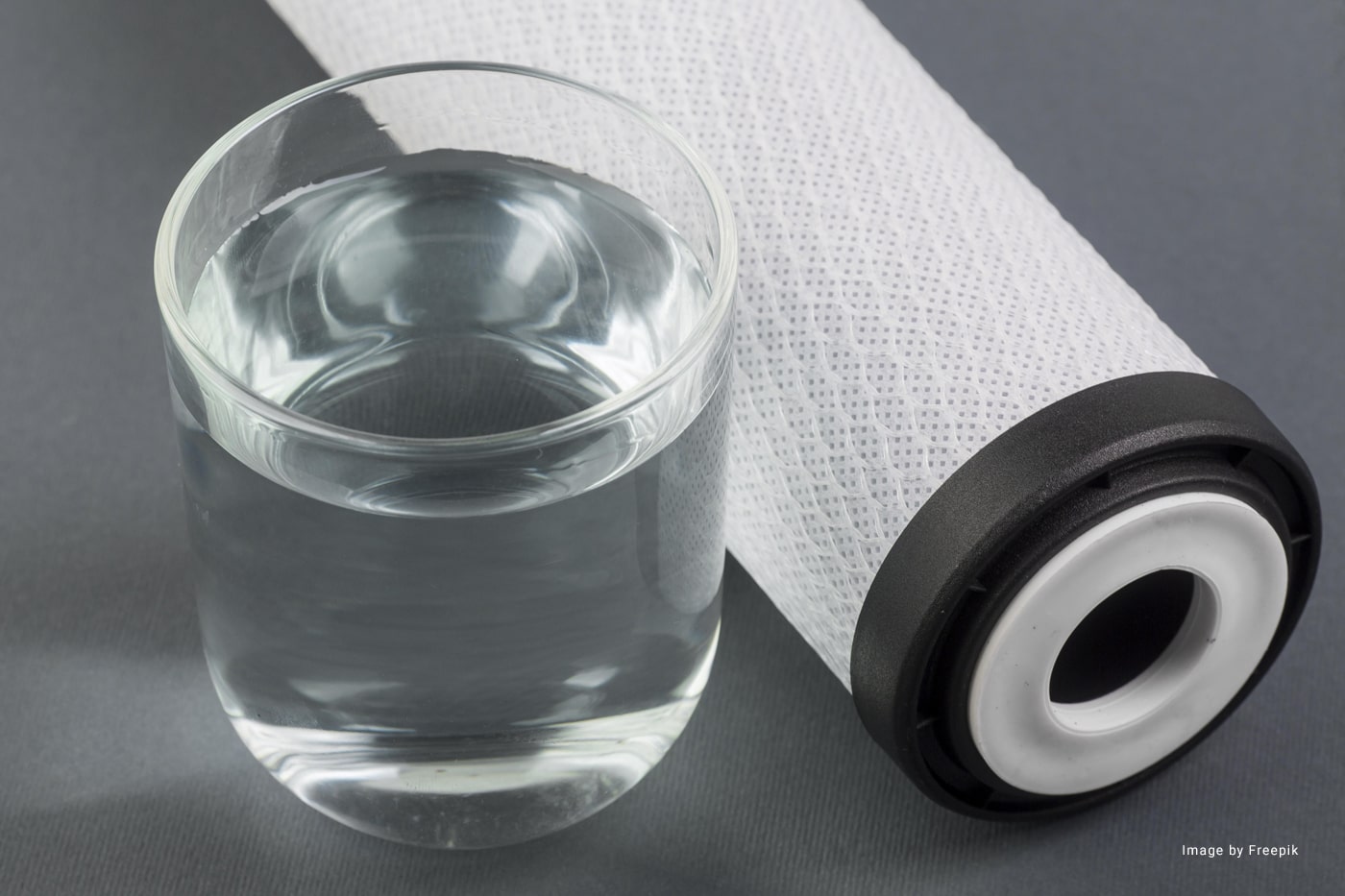If you are in the market for water filters in 2024, but don’t know where to start, then you may want to consider improving your home water supply with inline filters. Simply, easy-to-install and maintain, and available in a wide variety of sizes, configurations, and media types, inline filters are a great addition to any kitchen, bathroom, garden, RV, or for specialty setups like aquariums, camping, and more. Our article will get you started with the basics that you need to know about inline filters.
Contents []
What Are Inline Filters?
Inline water filters are simply cartridge, or canister-type filters, almost always cylindrical in form, that are made to flow from one end to the other. These simple filters can be hooked directly on to any water line, and usually have either NPT (national pipe thread) or some form of QC (quick-connect) fitting on the ends. The versatility of modes of installation, as well as the wide range of media types available within inline filters make them a great choice for all sorts of jobs, from cleaning up the drinking water coming from your kitchen faucet, to creating fresh water for an aquarium.

Common Applications of Inline Filters
Due to the fact that they can be installed on any cold water line (some specialty inline filters may be designed for hot water lines as well), inline filters have great diversity of application. One of the most common ways to use an inline filter would be to simply install it underneath your sink, onto the cold drinking water line. If your refrigerator doesn’t have a dedicated water filter slot inside, you could also run an inline filter to your refrigerator to improve the quality of your drinking water and ice. Inline filters can be great choices for RVs or mobile homes, or to take camping, provided you have a hose connector that will fit into your filter. These can also be used as shower filters in case of emergency, or for custom jobs around the house.
Types of Inline Filters
Inline filters are mainly differentiated according to the type of filtration media they have inside. The most common media type for a basic inline filter is activated carbon, which is made from wood, bamboo, or coconut husk charcoal that is chemically activated by being subjected to superheated steam. The resulting chasms and channels in the carbon make for an excellent chemical filter, with the carbon pulling dissolved chemical contaminants out of solution to adhere to the carbon matrix. Other inline filter types include sediment filters, for removing dust, dirt, and physical particulate matter, as well as deionization cartridges, to remove dissolved metals and other ions, for very clean water.
Key Features to Consider When Choosing an Inline Filter
Choose the inline filter that does what you need it to do–that depends on the nature of your water, and the job in question. If this is a drinking water filter, then activated carbon is likely your best bet. If you are simply trying to remove sediment and water turbidity, you may want a sediment filter, and for specialty jobs, such as setting up a saltwater aquarium, you will need a specialized deionization filter. Look into what you are trying to accomplish, figure out the best filter for that goal, and go with that.

Benefits of Using Inline Filters
The single biggest benefit of inline filters is their ease of installation and broad range of uses. Inline filters plug directly onto a water line, with no waste-water produced, no specialty multi-stage systems to worry about, no water tanks, and no other troublesome installation hassles. Just plug and play, and make sure to replace every six months to a year (depending on the type of filter you install, and the condition of your water), and that is all there is to it.
Installation and Maintenance Tips
Once you have chosen your filter type, and determined that it will take care of the problems that exist in your water, try to find it with connectors that will make your filter changes as easy as possible. If you can find John Guest, Sharkbite, or some other form of QC (quick-connect) type fittings, those are the easiest to work with, and will make your regular filter replacement much easier than it would be otherwise. Keep in mind also that you can likely only attach your filter to the cold water line, unless you have found a specialty hot water filter.
The Bottom Line
No matter your filtration needs, inline filters can be an important part of your water filtration arsenal. For many situations, an inline filter by itself may not be enough for your needs, but even in cases where a larger under-sink or whole-house system is at play, inline filters can do a lot, throughout your house, garden, RV, and as a part of your emergency supplies, to help you address problems in your water sources.



